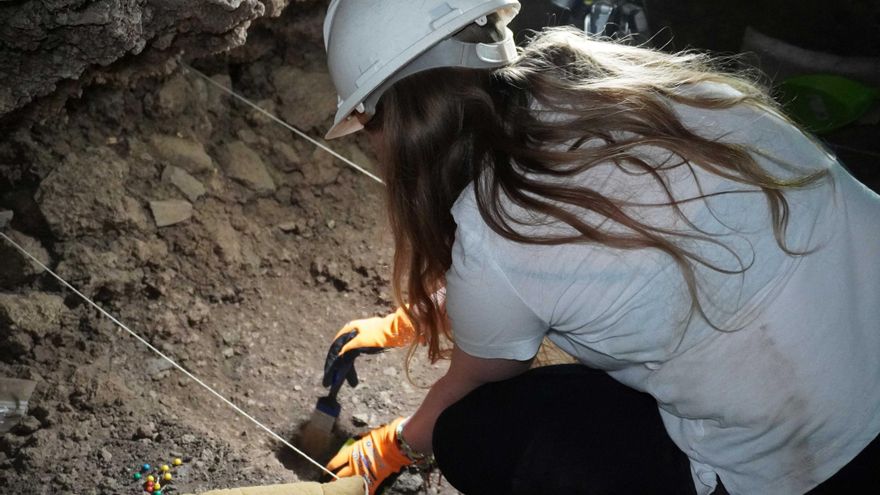How the Guanches Lived in Tenerife: New Discoveries
Recent archaeological findings in Tenerife suggest the island’s indigenous Guanches may have shared their cave dwellings with livestock. The fourth excavation campaign at Cueva de los Cabezazos, located in Tegueste, strengthens the theory that this cave served simultaneously as a home and livestock enclosure for the island’s early inhabitants.
A Strategic Site for Understanding Guanche Life
The cave lies in Barranco de Agua de Dios, a key location for studying Tenerife’s first settlers. Led by Paloma Vidal from the University of La Laguna (ULL), the project is funded by the Canary Islands Government and Spain’s Ministry of Science, with support from Tegueste’s local council. Excavations reveal distinct zones: one dominated by animal bones (likely from meat consumption) and another with domestic artifacts like pottery fragments and stone tools. This spatial division hints at dual use—though researchers haven’t ruled out sequential usage over centuries.
Clues in Bones and Excrement
Among the most intriguing finds are human and animal (pig or dog) excrement samples. Genetic DNA analysis could unlock details about the cave dwellers’ diet, health, and living conditions. Cueva de los Cabezazos is now one of Tenerife’s most studied sites, with radiocarbon dating spanning from the 7th century to the 15th-century European conquest—expanding from just five datings in 2023 to over 20 today.
Uncovering Layers of History
Stratigraphic surveys aim to reach deeper, older layers. “Current digs show there’s still unexplored ground beyond what Luis Diego Cuscoy documented in the 1970s,” says co-director Emilio Vacas. The international team includes universities from Barcelona, Valencia, and Basel (Switzerland), the latter applying advanced traceology and morphotechnical methods to study stone tools.
Bringing Archaeology to the Public
The project also fosters education, with ULL history students volunteering in fieldwork and lab analysis. Two theses have already focused on the site. On July 26, Tegueste will host “Abierto por Excavación,” an open day where small groups can tour the cave with researchers. A nearby exhibit in San Marcos Square will display replica artifacts and explain archaeological processes—bridging science and community while showcasing publicly funded research.

